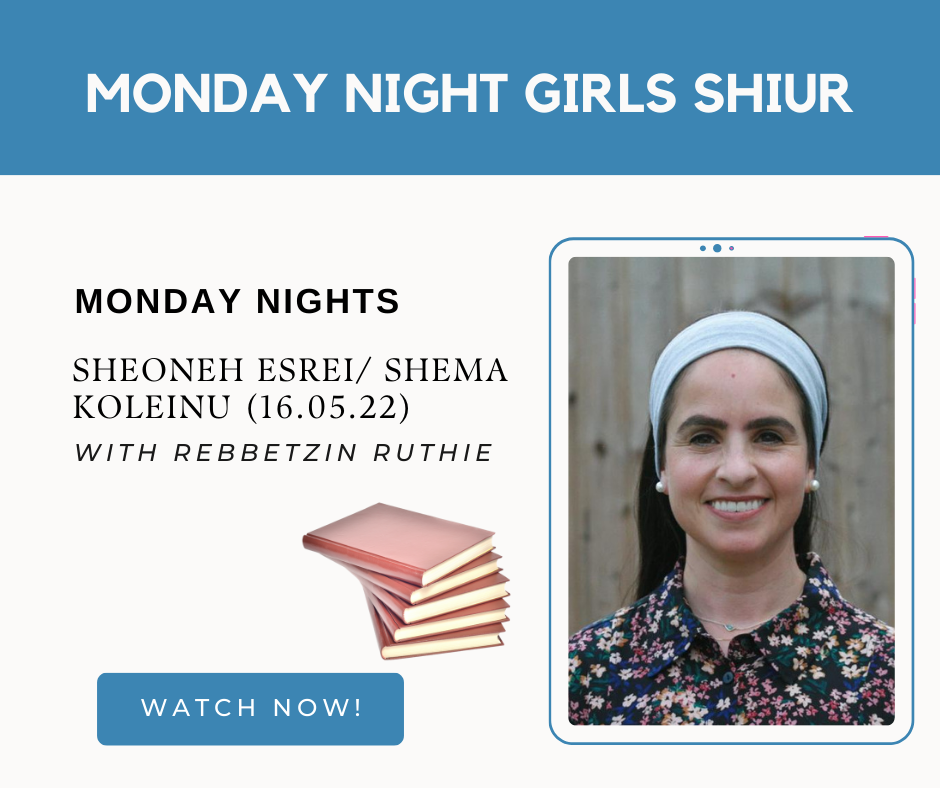
One of the features of the Torah is the paragraphing system known as Petuchot and Stumot. A Petucha is where the whole of the remaining part of the line is left blank and the text resumes on the next line and its purpose is to create a break to give time for contemplation between one section of the Torah and another as Rashi explains at the beginning of VaYikra. A Stuma is where there is a gap of three three lettered words and its purpose is to give a short breathing space between two connected subjects. Altogether there are 290 Petuchot and 379 Stumot in the Torah and they are signified in the printed versions by the letters peh and Samach
VaYetze and Miketz are the only two sidrot which do not have a single such interruption, notwithstanding that they are long sidrot, VaYetze having 148 pessukim and Miketz 146”. Eliyohu KiTov in Sefer HaParshiot suggests that the reason in each case is the same. Here is a rough paraphrase translation :-
“From the day when Yaacov left his father’s house until his return (at the end of the sidro) to Machanayim on the border of Eretz Yisroel there was not a day in which he was safe from danger and renewed peril, so his life was one continuous prayer and uninterrupted caution. Moreover he had hardly a moment to relax as he was occupied in protecting himself from Lavan marrying the 4 matriarchs, producing the 12 shevatim and so forth. Hence it was considered inappropriate for us to stop at all. So too in Miketz when Yaacov’s children left him for their first time during a period of constant danger no Hesech Hadaat or Hefsek was possible”.
Paaneach Raza gives a different reason here namely because Yaacov was obliged to search for a wife and to work for another person which was not really suitable for his station in life, which should have demanded that others pay homage to him and supply all his needs and an intelligent wife commensurate with his elevated status. Secondly because he was on the run like a fugitive. This second reason is also given slightly more graphically by Daat Zekenim M.Baalei Ha Tosafot, Chizkuni and Baal HaTurim that Yaacov departed secretly in order to flee and escape from Esav. Chizuni and Michah Belulah add that he went into hiding.
There is however an interesting difference between the two uninterrupted sidrot we have mentioned. VaYetze starts with a stuma and concludes with a Petucha, whereas Miketz is the opposite starting with a Petucha and finishing with a Stuma. This indicates that VaYetze is connected with the preceding end of Toldot but disconnected from the subsequent VaYishlach whereas Miketz is the other way round.
The reason for the stuma at the beginning of VaYetze is to indicate that Yaacov was concealing himself from Esov so it is connected with what preceded in Toldot. The end of VaYetze however finishes with a Petucha in the usual manner to show Yaacov had now finished his exile in Syrian land with Lavan and had now returned to Eretz Yisroel (Machanayim mentioned there being on the border see Rashi there Ch.32 V.2 and 3) and what follows is disconnected from his previous situation.
In Miketz it is the opposite. There is a great break at the beginning signified by Pharaoh’s dreams which would conclude Yoseph’s incarceration, but at the end even after the sidra has been concluded there is no interruption of the subject at hand, so there is no Petucha at the commencement of YaYigash. There is only a Stumoh which teaches us that the previous subject is continuing without break. Indeed it continues through the whole of VaYigash.
VaYetze represents a Galut of deprivation and hardship. Miketz one of great success, honour and power. Both are fraught with the gravest danger for religious Jews and both are represented by the complete absence of Petuchot and Stumot so that we can avoid any delay in extricating ourselves from their inherent danger and reach our holy homeland of Israel as quickly as possible to be able to serve Hashem properly.







